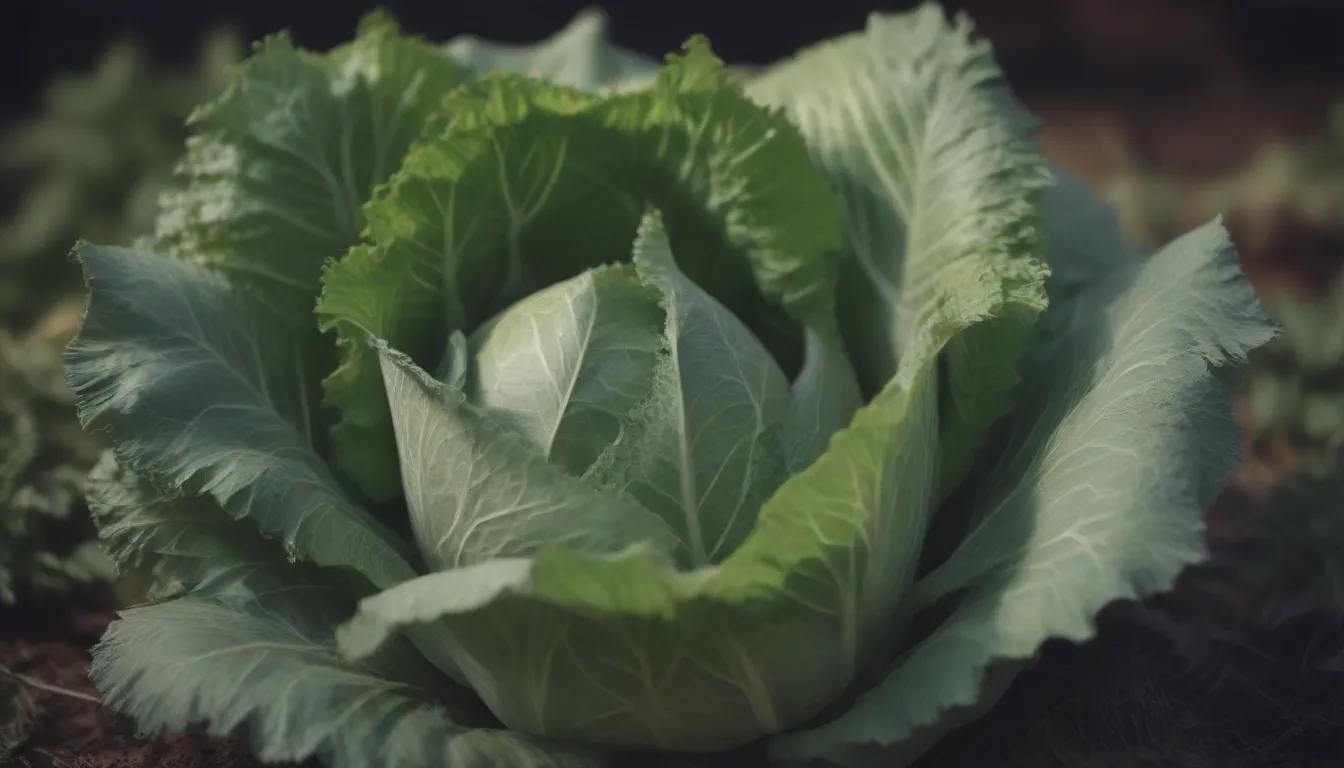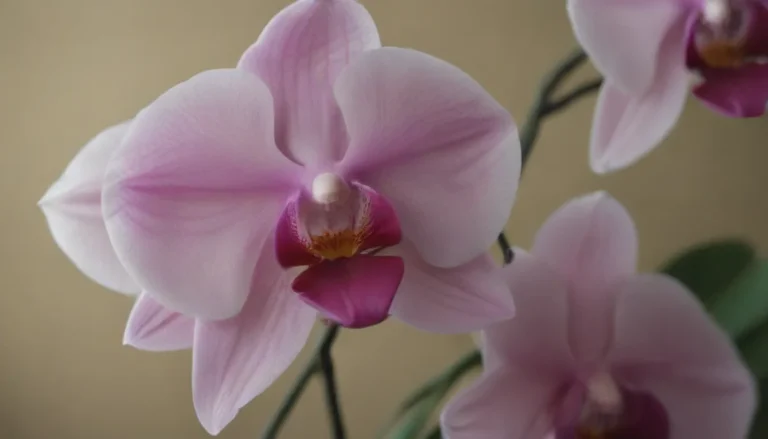Growing, Caring for, and Enjoying Cabbage

Cabbage is a versatile and nutritious vegetable that can be a great addition to your garden. Whether you are a seasoned gardener or a beginner, growing cabbage can be a rewarding experience. In this comprehensive guide, we will explore everything you need to know about growing and caring for cabbage successfully.
Why Grow Cabbage?
Cabbage is not only delicious, but it is also packed with essential nutrients. It is rich in vitamins C and K, as well as fiber, making it a healthy choice for your diet. Additionally, cabbage is a versatile ingredient that can be used in a variety of dishes, from salads to stir-fries and soups.
Getting Started: Planting Cabbage
When to Plant Cabbage
Cabbage is a cool-weather crop, so it is best to plant it outdoors a few weeks before your area’s last spring frost or in late summer for a fall harvest. Make sure to choose a sunny spot in your garden with good soil drainage for optimal growth.
Selecting a Planting Site
When choosing a planting site for your cabbage, avoid planting near other Brassica species, such as broccoli, to prevent attracting the same pests and diseases. If space is limited, growing cabbage in containers is a viable option, although it may result in a smaller yield.
Spacing, Depth, and Support
Plant cabbage seeds about 1/4 inch deep and thin seedlings to around 18 inches to 2 feet apart. Providing adequate space will result in larger heads. Cabbage generally does not require support structures for growth.
Cabbage Plant Care
Light
Cabbage thrives in full sun but can tolerate light shade, especially in warmer climates. Make sure your cabbage plants receive around six hours of direct sunlight each day for optimal growth.
Soil
Cabbage prefers loamy, well-drained soil rich in organic matter. Before planting, mix some compost into the soil to provide essential nutrients. Additionally, maintain a slightly acidic to neutral soil pH for healthy cabbage plants.
Water
Consistent soil moisture is crucial for growing cabbage. Keep the soil lightly moist but never soggy to prevent bitter-tasting or misshapen heads. Aim to water your cabbage plants about once per week, adjusting as needed based on your soil’s drainage.
Temperature and Humidity
Cabbage thrives in mild temperatures around 60 to 65 degrees Fahrenheit. Protect your plants by covering them if temperatures drop below 45 degrees Fahrenheit. High temperatures above 80 degrees Fahrenheit can cause cabbage plants to struggle. Humidity generally does not pose a significant issue for cabbage as long as their soil moisture needs are met.
Fertilizer
Cabbage is a heavy feeder and benefits from regular fertilization. After planting, side-dress with compost every few weeks or use an organic vegetable fertilizer with an even balance of nitrogen, phosphorus, and potassium. Follow the instructions on the fertilizer label for best results.
Pollination
While bees and other pollinators help to pollinate the flowers of cabbage plants, if you are growing cabbage as an annual, your plants will not produce flower spikes in need of pollination until their second year.
Types of Cabbage
Cabbage comes in several cultivars, each with unique characteristics and flavors. Some popular cabbage varieties include:
- ‘Drumhead’
- ‘Early Jersey Wakefield’
- ‘January King’
- ‘Murdoc’
- ‘Blue Vantage’
Cabbage vs. Lettuce
While both cabbage and lettuce are leafy green vegetables that can grow in heads, they belong to different plant families and have distinct differences. Cabbage generally has a stronger taste and more minerals compared to the odorless and higher water content of lettuce.
Harvesting Cabbage
The time it takes for cabbage to mature and be ready for harvest varies by variety but generally takes around 70 days from planting. Once the heads are firm and fully formed, they are ready to be harvested. Be sure to harvest cabbage promptly to avoid splitting heads.
Growing Cabbage in Pots
If you lack garden space or suitable soil conditions, growing cabbage in containers is a viable option. Select a large pot with adequate drainage holes and use a fast-draining organic potting soil designed for vegetables.
Pruning and Propagating Cabbage
While cabbage typically does not require pruning, removing damaged or withering leaves can prevent pests and diseases. Additionally, propagating cabbage from scraps is a simple way to get more from your harvest.
Common Pests and Plant Diseases
Cabbage is susceptible to various pests and diseases, including cabbage worms, loopers, slugs, and fungal infections like clubroot and black rot. Choosing disease-resistant varieties and rotating your crops can help prevent these issues.
Whether you are a beginner or experienced gardener, growing cabbage can be a rewarding experience. By following these tips and guidelines, you can cultivate healthy and thriving cabbage plants in your garden. Remember to provide proper care, monitor for pests and diseases, and enjoy the nutritious and delicious harvest of fresh cabbage.





